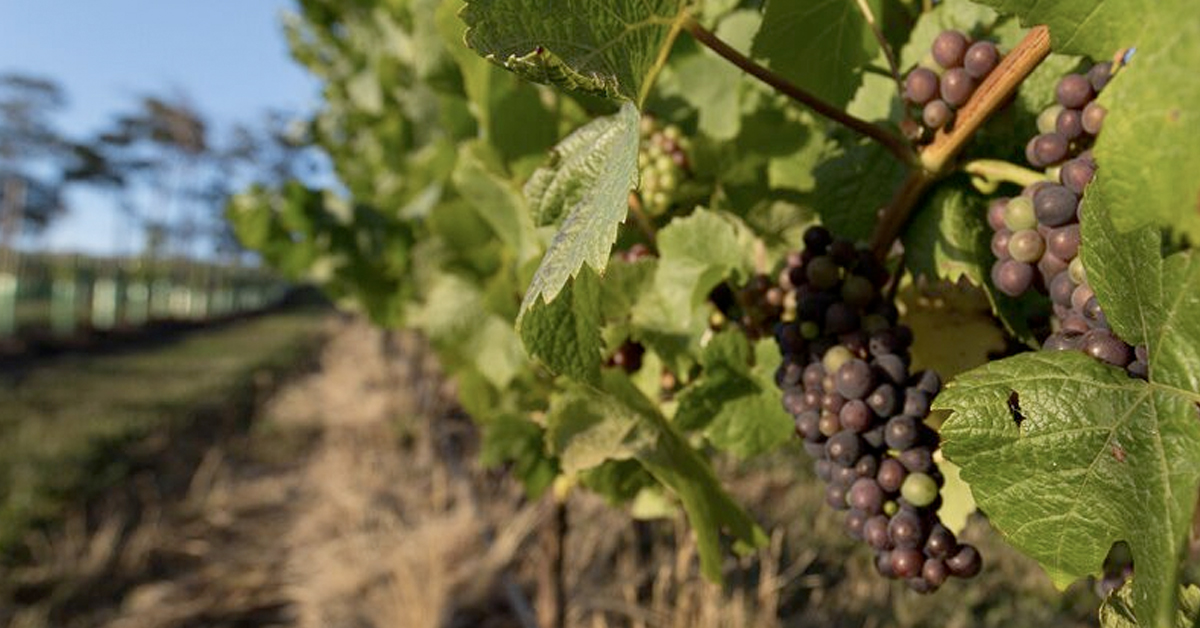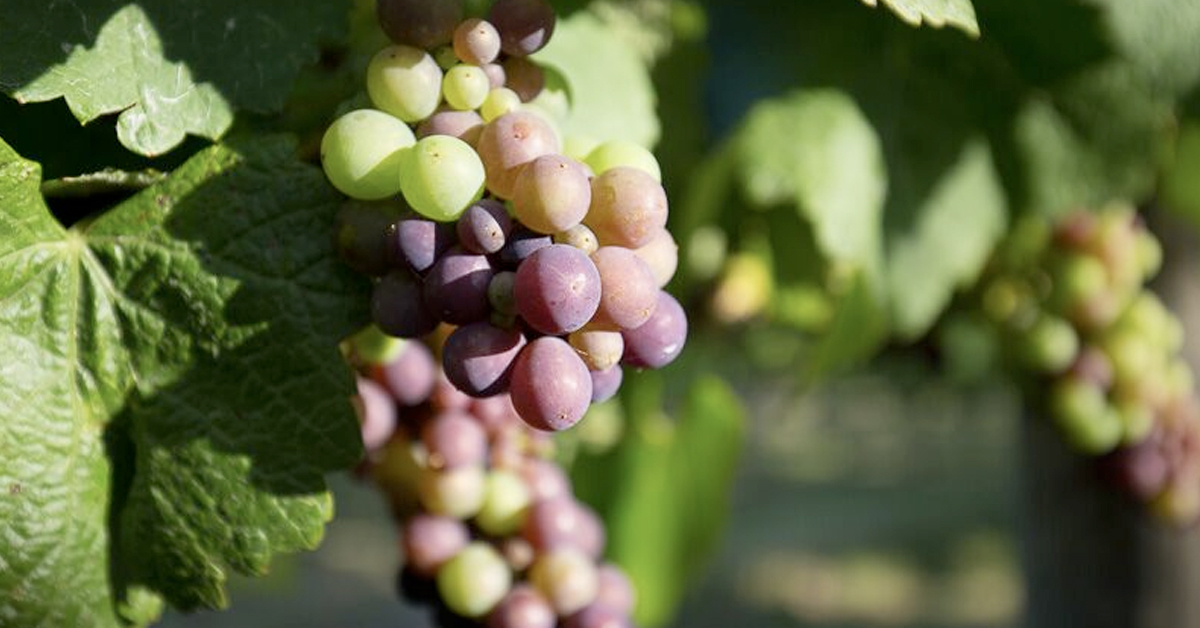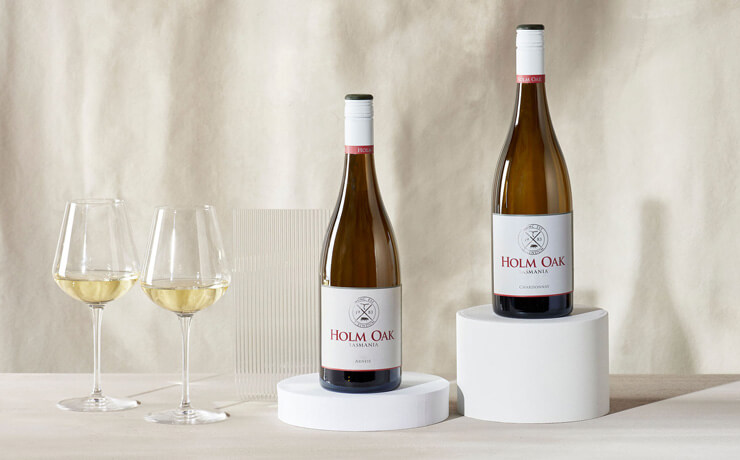Clonal Conversations

Clonal selection – it’s a buzzword among wine and vine aficionados all over the world. This viticultural practice is just one illustration of the extent to which viticulturists and winemakers go in order to achieve perfection in the vineyard.
What does clonal selection or variation actually involve?
According to British wine author Jancis Robinson MW, clonal selection is “one of the two principal means of improving a vine variety (the other being the elimination of virus diseases). Clonal selection is the practice of selecting a single superior plant in the vineyard and then taking cuttings from this vine for propagation.”
Once this “single superior plant”, also called the “mother vine”, has been isolated, a piece of this vine is removed and planted directly into the soil where it will sprout its own roots or be grafted onto another vine.
So what are winemakers looking for in the ultimate clonal selection? It depends. It could be about achieving a particular yield or achieving resistance to fungus. Perhaps a winemaker is looking for flavour concentration or fruit ripeness. Whatever you’re looking to achieve as a winemaker, there’s bound to be a clone to fit the bill.
Why Pinot Noir?
The reason Pinot Noir is one of the most cloned varieties in the world is because it’s a very old grape variety. Possibly one of the most ancient of all varieties still produced commercially. It’s been in existence for possibly thousands of years. At the least there’s evidence to suggest Pinot Noir existed in its hallowed turf of Burgundy in the 4th century AD. As a result, it’s prone to mutations and to deteriorate in the vineyard, as evidenced in the multitude of Pinot Noir clones available all over the world.
As a Pinot Noir producer, Holm Oak has had ample experience cultivating this tricky variety in the vineyard. It’s our wild child, and we’re quite familiar with taming its erratic behaviour through resourceful vineyard management.
Our Clones
So in the constant search for the supreme Pinot Noir, Holm Oak has recently planted new Pinot Noir clones in our Tamar Valley vineyard. Why more than one? Often winemakers call on a curated collection of different clones to make up the patchwork of nuances required to craft premium Pinot Noir. Some wineries craft Pinot Noir from one single clone grown in one single site; others may call upon a mix of clones planted across different sites, selecting each clone for its ability to thrive in the relative climate, soil and aspect conditions, and for the levels of complexity each clone brings to the final wine.
So, as one step in our search for the perfect Pinot Noir, we planted the Abel clone and picked it for the first time in 2017. Before we go on, we implore you to come on a tangential backstory journey about the Abel (AKA The Gumboot or Ata Rangi) clone…
The story goes that in the 1970s, Abel was smuggled into New Zealand by a rugby player returning from France, tucked into his gumboot. The cuttings, reportedly taken from the vineyards of Burgundy’s famed Domaine de la Romanée-Conti, were detected and confiscated by a New Zealand Customs Officer, called Malcolm Abel. Mal happened to be a winemaker. He must have known how valuable these cuttings were because he paid for them to be put through quarantine and when they came out the other end, planted them in his own vineyard, in New Zealand’s Kumeu region, north of Auckland. A serendipitous friendship saw the gifting of the Abel cuttings from Mal to the winemaker at Martinborough’s Ata Rangi Vineyard, ultimately producing what has been described as one of the best examples of Pinot Noir outside Burgundy from the Abel clone.
Why do we love the Abel clone? It produces intensely flavoured wines with great colour, silky fine tannins and length of palate. Holm Oak’s vineyard is also home to the 667 Pinot Noir clone. When planted in the right location, which is typically a cool climate, it’s capable of wonderful results. The MV6 clone is used in our flagship Wizard Pinot Noir. Its journey from Europe dates back to the 1830s, when Australia’s Father of Wine, James Busby, brought this cutting and 432 others back to Australia from his trip to France and Spain. The original Pinot Noir cuttings were labelled as Mother Vine 6 (MV6) and this is the heritage clone that continues to be cultivated in Australia today.
So when it comes to having the clonal conversation, it can be a very dry topic. (Are you still awake?) But at Holm Oak, we see clonal selection as a very important part of the greater whole that is the craft of winemaking. Our decisions in the vineyard are akin to a world-class chef choosing grain-fed beef over grass-fed beef. It may not mean much to the consumer, but to us, it can mean the difference between making a great wine or just a pretty good wine. And, of course, our goal is always to strive for the best.



